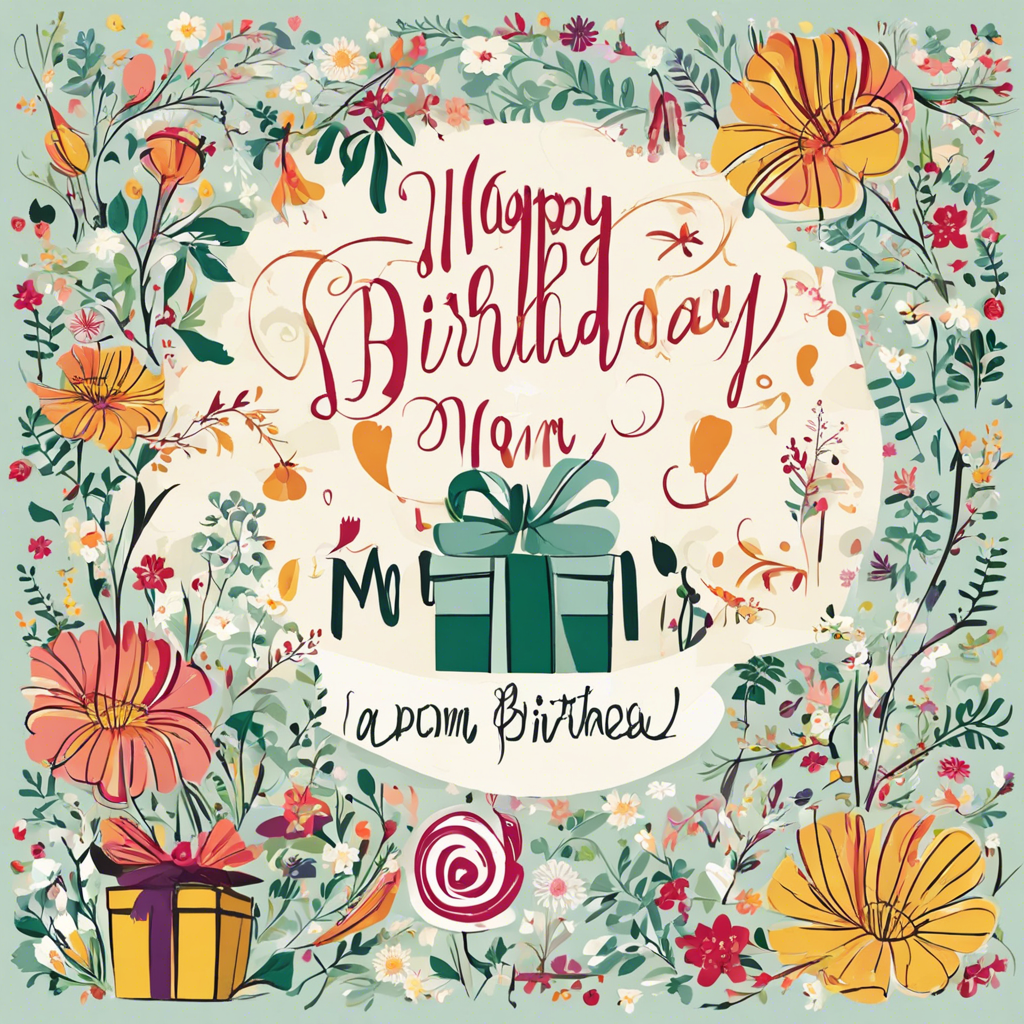Let’s face it: we all have some less-than-ideal spending habits. From those daily coffee shop visits to impulse buying, our hard-earned money can easily slip through our fingers. But fear not! We’ve identified 15 common money-wasting habits that you can break today to take control of your finances and watch your savings grow.
1. Impulse Buying: Online shopping has made it all too easy to give in to the allure of instant gratification. But those spontaneous purchases can quickly add up. Before you click ‘buy now,’ take a day or two to consider if you truly need the item. You might be surprised at how often you decide you can live without it.
2. Subscription Overload: Monthly subscription services might seem like a great deal, but they can quickly become a budget buster. Review your subscriptions regularly and cancel those you rarely use. From gym memberships to streaming services, be mindful of what’s worth the recurring cost.
3. Daily Takeout Habit: Regularly buying lunch or coffee might seem harmless, but it’s an expense that can balloon over time. Making your coffee at home and packing a lunch can save you hundreds of dollars annually. You’ll be surprised by the difference these small changes make in your bank account.
4. Ignoring Bills and Fees: Many people set up automatic payments and forget about them. But it’s crucial to periodically review your bills and fees to ensure you’re not paying for services you no longer need or can get cheaper elsewhere. From cable packages to insurance policies, there’s often room for negotiation or finding a better deal.
5. Paying Full Price: Why pay top dollar when you can often get the same item for less? Before making a significant purchase, do a quick online search for discount codes or wait for sales. A little patience can go a long way in saving you money.
6. Overspending on Entertainment: Nights out and vacations create memories but can also drain your wallet fast. Look for free or low-cost entertainment options, like local community events or potluck dinners with friends. By being creative, you can still have fun while being gentle on your finances.
7. Wasting Food: Buying groceries only to let them spoil in the fridge is like throwing money away. Plan your meals and create a grocery list to ensure you only buy what you need. Additionally, learn to love leftovers and use them creatively to reduce food waste.
8. Unnecessary Bank Fees: Some banks charge fees for account maintenance, low balances, or out-of-network ATM usage. Shop around for banks with lower fees, or consider switching to online banks that often provide fee-free accounts.
9. Neglecting Repairs: Ignoring minor problems, like a leaky faucet or a flat tire, can lead to more expensive repairs later. Attend to these issues promptly to avoid unnecessary costs down the line.
Breaking these habits may not be easy at first, but with a little discipline and planning, you’ll be on your way to a healthier financial future. Remember, every small change adds up, and being mindful of your spending habits is the first step towards financial freedom. Stay tuned for more practical tips on saving and managing your money wisely!






